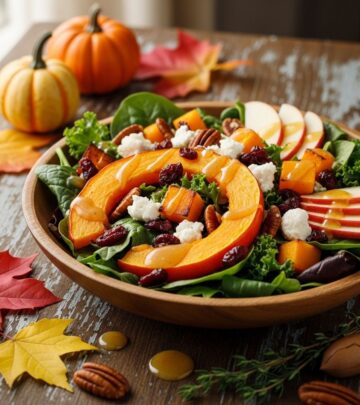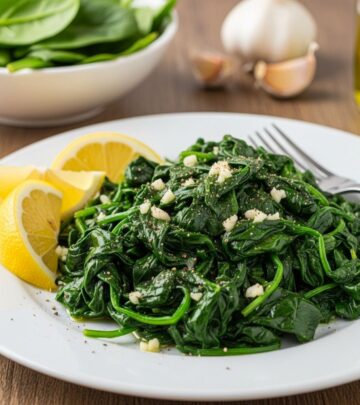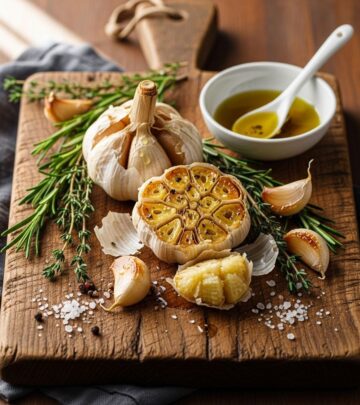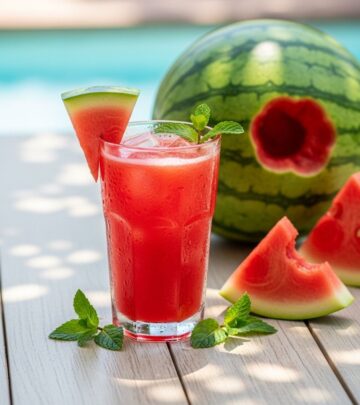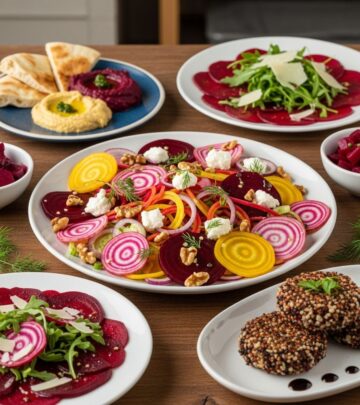Lobster and Chive Scrambled Eggs: A Luxurious Take on Breakfast
Tender seafood accents and creamy curds combine for a restaurant-quality morning treat.
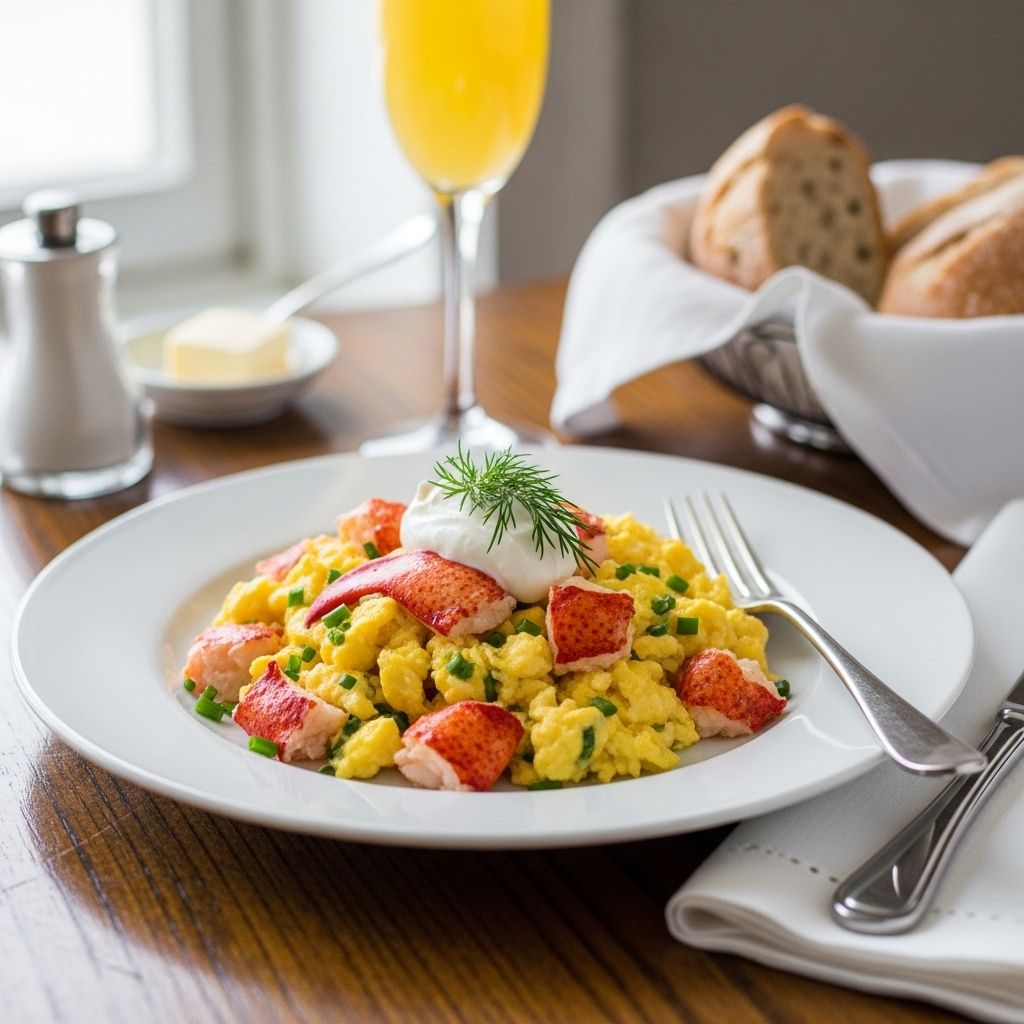
Lobster and Chive Scrambled Eggs: An Elevated Brunch Experience
If you’re seeking a breakfast that feels like a decadent occasion, look no further than lobster and chive scrambled eggs. This luxurious combination brings together the gentle richness of softly scrambled eggs, the sweet brininess of lobster, and the subtle oniony flavor of fresh chives. Originally a classic special-occasion dish, it’s perfect for brunches, holiday mornings, or whenever you wish to treat yourself or someone you love.
Why This Recipe Works
- Silky scrambled eggs: Cooking eggs gently over low heat produces curds that are tender and custardy, not dry or rubbery.
- Lobster shines: Adding lobster at the end keeps it succulent and highlights its natural sweetness.
- Chives add freshness: Their mild, allium flavor brightens the rich flavors of egg and shellfish.
- Simple yet impressive: Despite the luxe ingredients, this recipe doesn’t require advanced skills—just a careful hand and respect for quality.
Ingredients and Preparation
Quality ingredients are crucial for a dish as simple as this. Here’s what you’ll need and why each part matters:
- Large eggs: Fresh, good-quality eggs are essential for a custardy texture and pure flavor.
- Lobster meat: Opt for fresh or properly thawed frozen lobster tails or claw meat. Sweet, tender lobster elevates the dish.
- Chives: Snipped fresh at the end, they add color and a subtle onion backbone.
- Cream, half-and-half, or milk: A splash helps yield a rich, creamy scramble.
- Butter: For sautéing and flavor; unsalted is preferred for control over seasoning.
- Salt and pepper: Essential for bringing the ingredients together.
- Optional additions: Crème fraîche, caviar, fresh herbs, or a squeeze of lemon—see Variations below.
Ingredient Tips
- Lobster: Fresh is best, but high-quality frozen works. If using whole tails, boil for 1 minute/ounce, plunge into ice water, and remove from shell before dicing.
- Eggs: Beat just until whites and yolks combine for tender curds; overbeating toughens them.
- Chives: Snip just before using for maximum aroma and color.
Step-by-Step Recipe Instructions
This recipe makes two generous servings. Feel free to multiply ingredients for more guests, but always cook in small batches to maintain the silken texture.
- Prepare the Lobster: Boil lobster tails (if not using precooked meat). Cook for 1 minute per ounce of tail, then immerse in ice water. Once cooled, remove the meat from shells and dice into bite-size pieces. Set aside.
- Whisk the Eggs: In a bowl, gently beat together 5 large eggs with 3 tablespoons of half-and-half until just combined.
- Preheat Your Pan: Place a nonstick skillet over medium-low heat. Add 1 tablespoon of unsalted butter and allow it to melt without browning.
- Scramble the Eggs: Pour in the eggs. Stir constantly with a silicone spatula or wooden spoon, scraping the sides and bottom frequently to form soft curds.
- Add the Lobster: When eggs are mostly set but still quite soft, gently fold in the diced lobster. Stir until lobster is warmed through and eggs are silky and barely set.
- Finish and Serve: Remove from heat. Season to taste with salt and black pepper. Scatter snipped chives over the top. Optionally, top with small dollops of crème fraîche, a spoonful of caviar, or extra chives. Serve immediately—preferably with crisp toast or a buttery croissant.
Pro Tips for Success
- Low and slow: Gentle heat is the secret to creamy eggs and tender lobster.
- Add lobster late: To prevent overcooking, mix in lobster meat only in the final moments of scrambling.
- Taste and adjust: Don’t skimp on seasoning, but remember that toppings like caviar and crème fraîche are salty too.
- Serve immediately: Scrambled eggs firm up quickly as they cool. Have plates ready and serve right from the pan.
Troubleshooting: Avoiding Common Mistakes
- Rubbery eggs? Heat was too high or eggs were overcooked. Next time, use lower heat and remove eggs from the pan with a little softness left—they’ll finish cooking off the heat.
- Tough lobster? Overcooked lobster becomes chewy. Cook tails lightly, and add to eggs briefly at the end.
- Watery eggs? Too much liquid or not enough stirring can cause eggs to weep. Use only a small splash of cream or milk and stir constantly.
Serving Suggestions
To turn this refined scramble into a memorable brunch, consider the following pairings and presentation ideas:
- Buttered toast points or a sliced baguette
- Fresh greens with a lemony vinaigrette to balance the richness
- Sparkling wine or Champagne to elevate the celebratory atmosphere
- Extra toppings like caviar, extra chives, dill, or a sprinkle of paprika
Recipe Variations and Customizations
- Crème fraîche swirl: Add spoonfuls of crème fraîche at the end for an even creamier finish.
- Bisque base: Swap half of the cream with lobster or shrimp bisque for a deeper shellfish flavor.
- Choose your garnish: Try salmon roe, paddlefish caviar, or a dusting of Old Bay for a new twist.
- Herb variations: Substitute tarragon, chervil, or parsley for chives for different herbal notes.
- Dairy-free option: Use olive oil instead of butter and skip the dairy for a lighter version.
Nutritional Highlights
| Nutrient | Per Serving (Approximate) |
|---|---|
| Calories | 275–325 |
| Protein | 24–26g |
| Fat | 18–22g |
| Carbohydrates | 3–5g |
| Cholesterol | 425–480mg |
| Sodium | 640–700mg |
Values will vary based on lobster size, added toppings, and whether extra dairy is used.
History and Inspiration
This dish is inspired by retro fine-dining brunches, where eggs, lobster, and caviar were favorites among luxury hotel menus. The formula celebrates minimal intervention: just enough embellishment to accentuate the core flavors. Classic versions sometimes add a bisque reduction or serve with toast points and a glass of Champagne. Today, its appeal endures as a starring brunch plate or a way to make any morning extraordinary.
Frequently Asked Questions (FAQs)
Q: Can I use pre-cooked lobster or lobster meat from the store?
A: Yes. Just be sure it’s sweet and tender. Warm it very briefly in the eggs to avoid overcooking.
Q: What can I substitute for lobster?
A: Shrimp, crab, or even smoked salmon make excellent alternatives while providing their own unique flavors.
Q: Are scrambled eggs with lobster better with milk, cream, or half-and-half?
A: Any will work. Cream and half-and-half make the scramble silkier and more luxurious, but even full-fat milk adds richness.
Q: Can I make this recipe in advance?
A: No, scrambled eggs are best served immediately. However, you can prep lobster and snip chives ahead for quick cooking.
Q: How do I keep my eggs soft and not dry?
A: Use low heat, stir constantly, and remove from the pan just before they’re fully set—they’ll finish on residual heat.
Cooking Summary Table
| Step | Description | Tips |
|---|---|---|
| 1. Prepare Lobster | Cook and dice lobster tails or use cooked lobster meat. | Do this ahead of time for a quick assembly. |
| 2. Whisk Eggs | Beat eggs gently with cream or milk. | Avoid overbeating for tender curds. |
| 3. Cook Gently | Scramble over low heat, stirring constantly. | Patience is key for creamy eggs. |
| 4. Add Lobster & Chives | Fold in lobster at the end, top with chives. | Don’t overcook lobster. |
| 5. Serve | Season and garnish. Serve immediately. | Eggs firm up quickly off heat. |
Final Touches for a Show-Stopping Brunch
Lobster and chive scrambled eggs offer a harmonious blend of delicacy and indulgence, transforming the familiar into the exceptional. Whether served for a festive occasion, a family brunch, or as a self-pampering breakfast, this dish promises sophistication and comfort in every bite. Remember: the best dishes highlight the quality of their ingredients and the care of their preparation. Enjoy every spoonful!
Read full bio of medha deb


